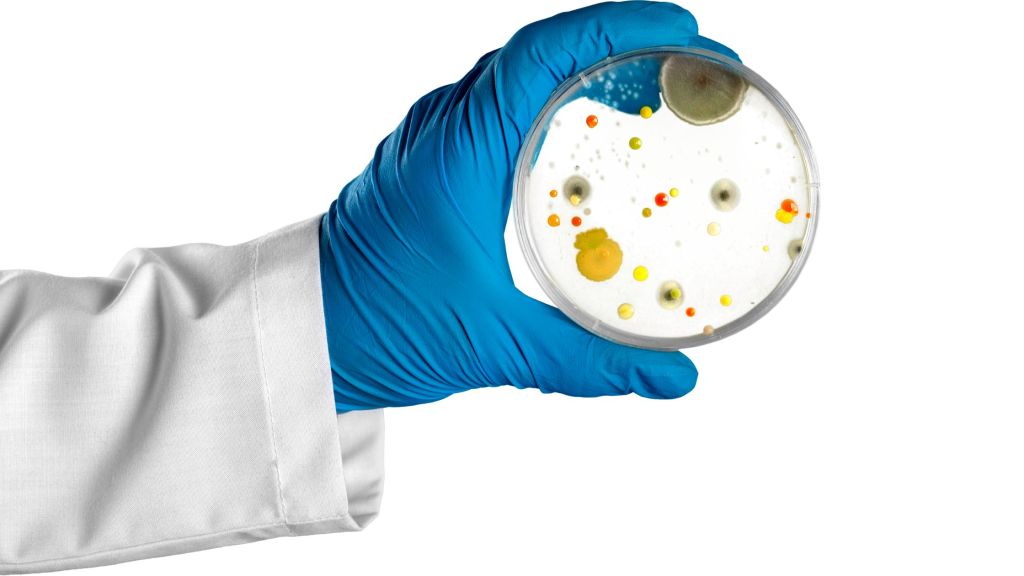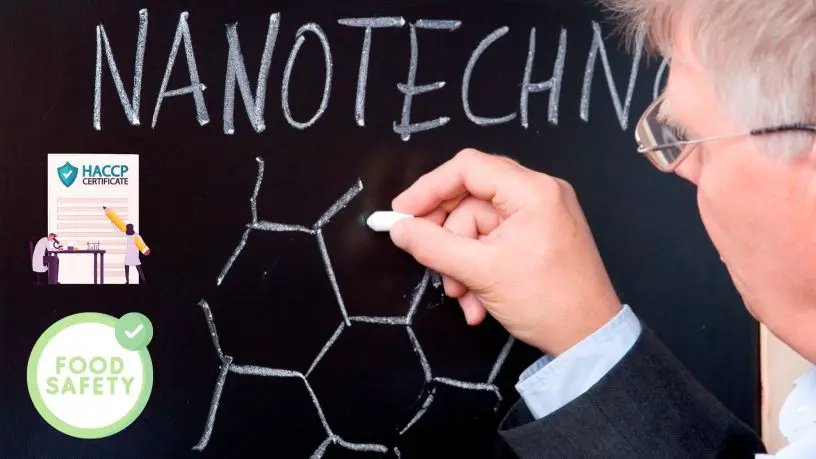Introduction to nanotechnology:
Nanotechnology is a multidisciplinary field that involves the manipulation and control of matter at the nanoscale level, typically ranging from 1 to 100 nanometres. At this scale, materials exhibit unique properties and behaviors that differ from their bulk counterparts. Nanotechnology encompasses various scientific disciplines, including physics, chemistry, biology, and engineering, to understand and utilise these phenomena for practical applications.
The term “nano” derives from the Greek word for dwarf, reflecting the incredibly small dimensions involved. To put it into perspective, a nanometer is one-billionth of a metre, roughly 100 000 times smaller than the diameter of a human hair. At this size, the fundamental properties of materials can change, such as their electrical conductivity, optical characteristics, mechanical strength, and chemical reactivity.

Nanotechnology involves manipulating and engineering materials, structures, and devices at the atomic and molecular level to create functional systems with unique properties and capabilities. Scientists and researchers work with nanoparticles, nanomaterials, and nanostructures to develop novel materials, tools, and technologies that can revolutionize various industries.
The applications of nanotechnology are wide-ranging and diverse. They span fields such as electronics, medicine, energy, environmental science, materials science, food science and consumer products. Nanotechnology has enabled advancements such as more efficient and smaller electronic components, targeted drug delivery systems in medicine, highly sensitive sensors and detectors, novel materials with enhanced properties, and more efficient energy storage and conversion systems.
Nanotechnology research and development involve several techniques and tools to manipulate and characterize nanoscale materials. These include scanning probe microscopy, electron microscopy, lithography, self-assembly processes, molecular modelling, and nanofabrication techniques. These tools allow scientists to observe and manipulate individual atoms and molecules, understand their behavior, and design nanoscale structures with desired properties.
However, with the potential benefits of nanotechnology also come concerns about safety, environmental impact, and ethical considerations. The novel properties of nanomaterials may pose unknown risks to human health and the environment. Therefore, responsible development and regulation of nanotechnology are essential to ensure its safe and sustainable implementation.

Nanotechnology applications in food safety
Foodborne pathogens pose a significant threat to public health, leading to numerous cases of illness and even fatalities worldwide. Rapid and accurate detection of these pathogens in the food supply chain is crucial for preventing outbreaks and ensuring food safety. Nanotechnology, with its unique properties and capabilities at the nanoscale, has emerged as a promising tool for the detection of foodborne pathogens. This article explores the applications of nanotechnology in the detection of foodborne pathogens, highlighting its potential to revolutionize food safety practices.
Nanomaterials for pathogen detection:
Nanotechnology offers various nanomaterials with distinct properties that can be harnessed for pathogen detection. Nanomaterials such as nanoparticles, nanocomposites, nanowires, and nanosensors have been developed and functionalized to specifically interact with foodborne pathogens. These nanomaterials provide enhanced surface area-to-volume ratios, improved sensitivity, and selective binding properties, enabling the development of highly sensitive and specific detection platforms.
Biosensors and nanobiosensors:
Biosensors based on nanotechnology have shown great potential for rapid and sensitive detection of foodborne pathogens. These biosensors utilize nanomaterials as transducers to convert the pathogen-target binding event into a measurable signal. Surface plasmon resonance (SPR) biosensors, nanowire field-effect transistors (NW-FETs), and quantum dot-based biosensors are examples of nanotechnology-enabled biosensors that offer real-time and label-free detection capabilities. Nanobiosensors, which combine nanomaterials with biomolecules such as antibodies or aptamers, further enhance the specificity and sensitivity of pathogen detection.
Nanoparticle-based detection systems:
Nanoparticles have been extensively explored for their applications in the detection of foodborne pathogens. Gold nanoparticles, silver nanoparticles, quantum dots, magnetic nanoparticles, and carbon nanotubes have been functionalized with specific ligands or antibodies to selectively capture and detect pathogens. These nanoparticles can produce colorimetric, fluorescence, or magnetic signals upon pathogen binding, allowing for rapid and visual detection. Additionally, nanoparticles can be incorporated into lateral flow devices or lab-on-a-chip systems for point-of-care testing, enabling on-site detection in resource-limited settings.
Nanotechnology-enhanced imaging techniques:
Imaging techniques combined with nanotechnology have revolutionized the visualization and identification of foodborne pathogens. For instance, super-resolution microscopy techniques, such as stimulated emission depletion (STED) microscopy and stochastic optical reconstruction microscopy (STORM), enabled by nanomaterials, have significantly improved the resolution and accuracy of pathogen imaging. Furthermore, the integration of nanoparticles with imaging agents, such as fluorescent dyes or magnetic resonance imaging (MRI) contrast agents, enables sensitive and non-invasive pathogen detection in complex food matrices.
Lab-on-a-chip devices:
Nanotechnology has facilitated the development of miniaturized lab-on-a-chip devices for rapid and portable pathogen detection. These devices integrate multiple functions, including sample preparation, nucleic acid amplification, and detection, onto a single chip or cartridge. Nanomaterials are utilized for enhanced DNA or RNA extraction, efficient amplification methods (such as loop-mediated isothermal amplification, LAMP), and sensitive detection modalities. Lab-on-a-chip devices offer the advantages of reduced sample and reagent volumes, shorter analysis times, and potential automation, making them ideal for on-site and point-of-care testing.
Challenges and future perspectives:
While nanotechnology holds tremendous promise for the detection of foodborne pathogens, several challenges remain. Standardization, scalability, cost-effectiveness, and regulatory aspects are critical considerations for the widespread adoption of nanotechnology-based detection methods. Additionally, the validation of nanotechnology-enabled assays with complex food matrices and the development of multiplex detection systems for simultaneous identification of multiple pathogens are areas that require further research and development.
Conclusion:
The application of nanotechnology in the detection of foodborne pathogens offers significant advancements in food safety. Nanomaterials, biosensors, nanoparticle-based detection systems, imaging techniques, and lab-on-a-chip devices have demonstrated their potential for rapid, sensitive, and specific detection of pathogens. The integration of nanotechnology with existing detection methods provides enhanced capabilities and addresses the limitations of traditional approaches. Continued research, collaboration, and investment in nanotechnology-based detection systems will drive innovation in food safety, enabling early and accurate detection of foodborne pathogens, ultimately preventing outbreaks and safeguarding public health.


